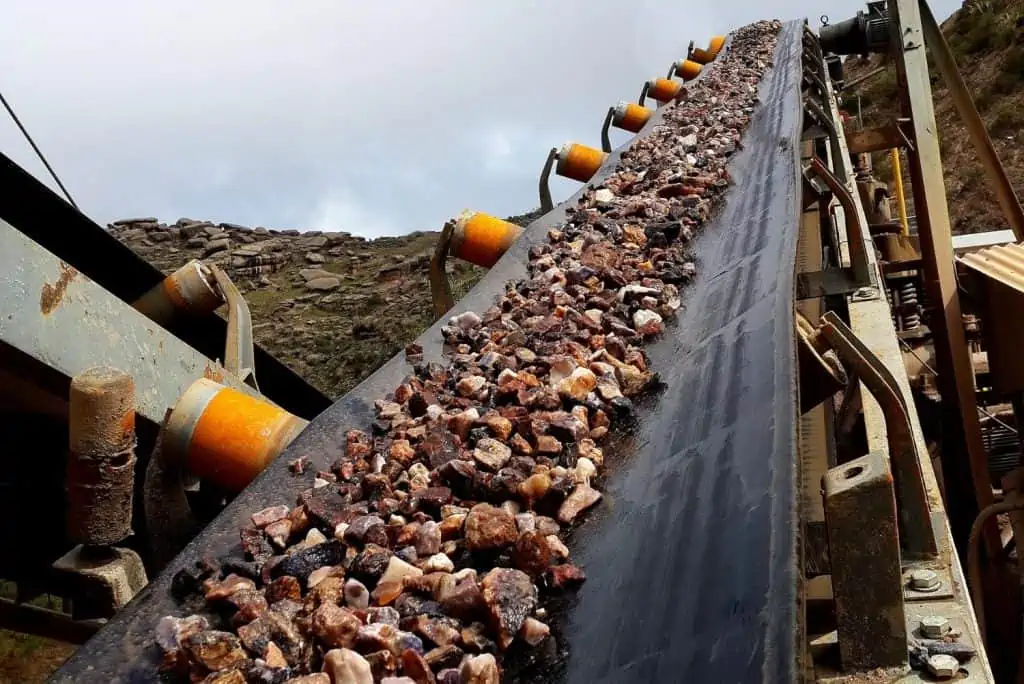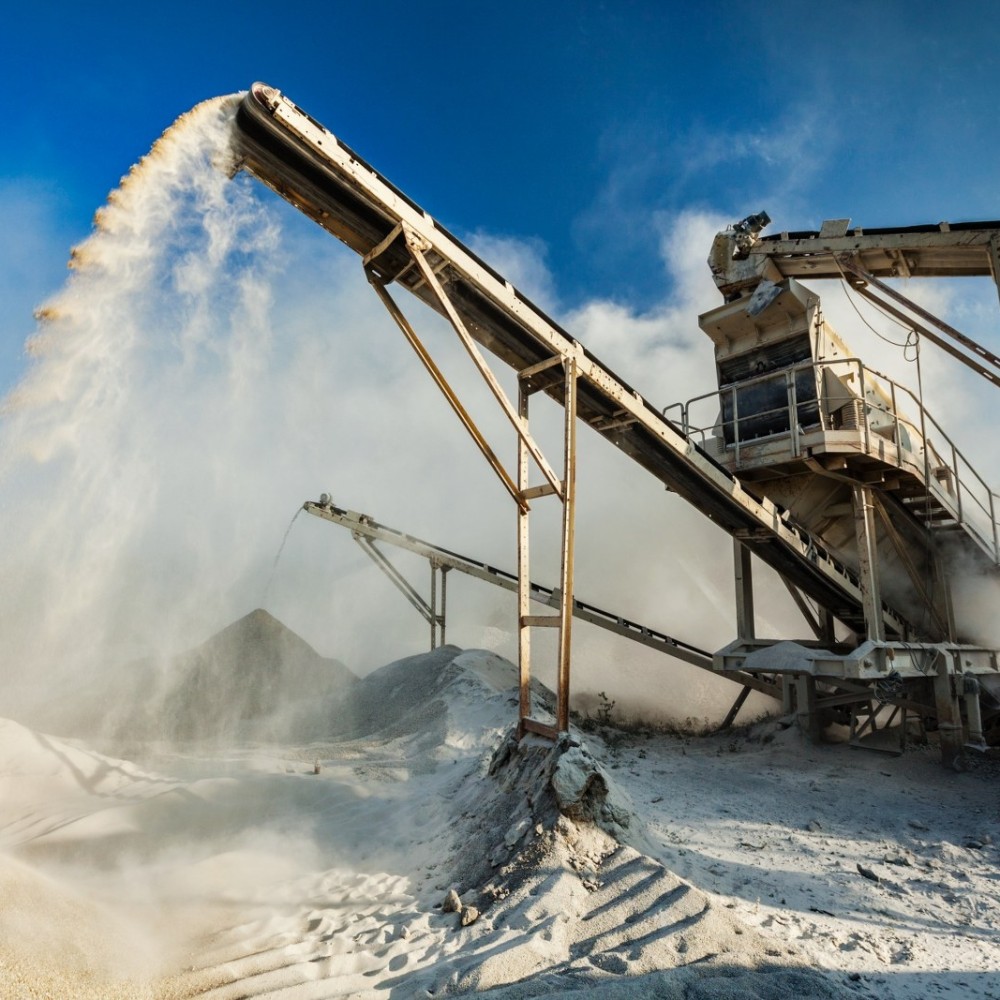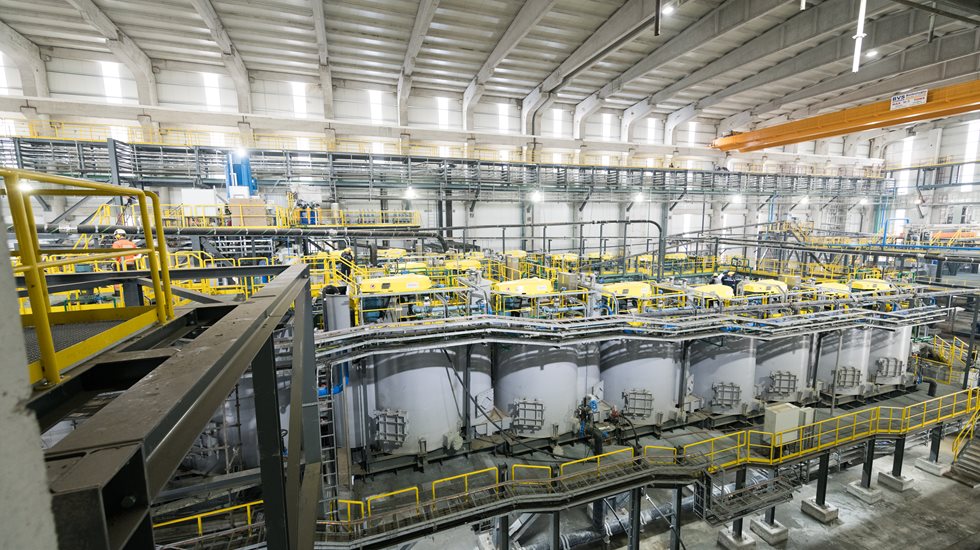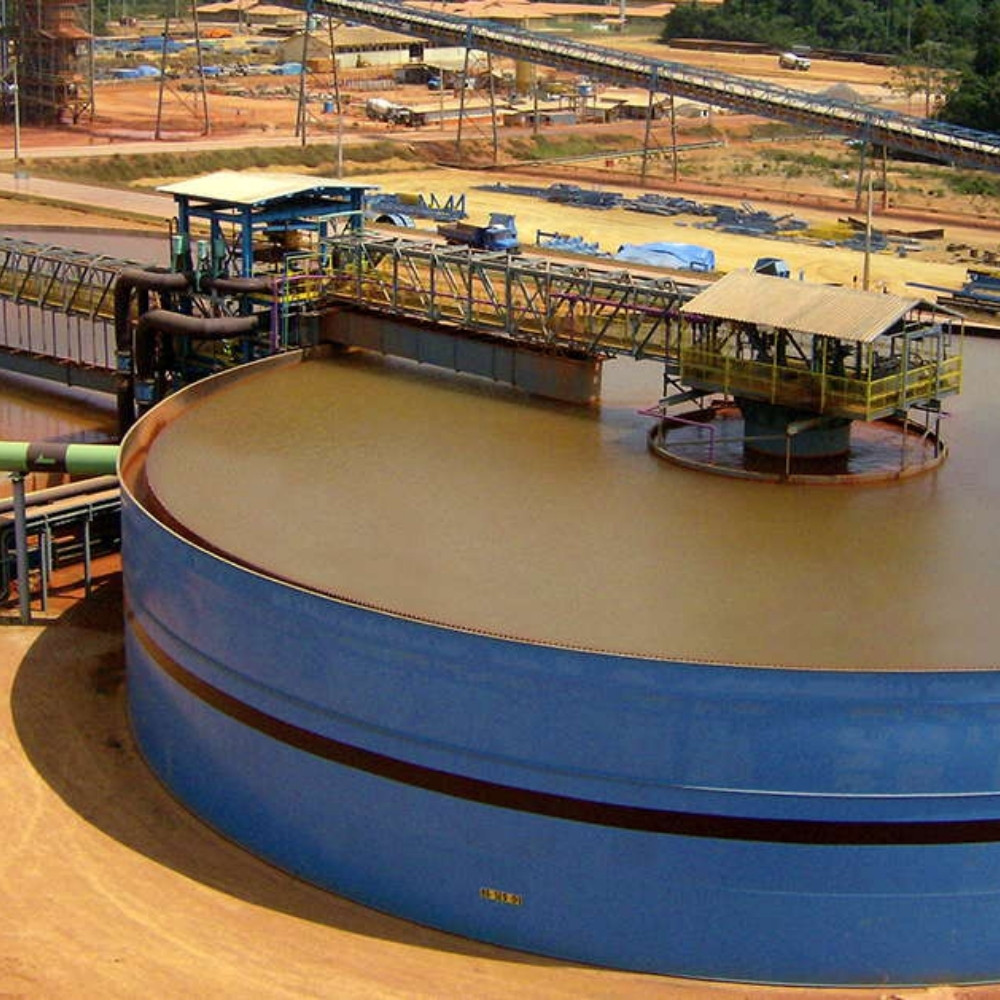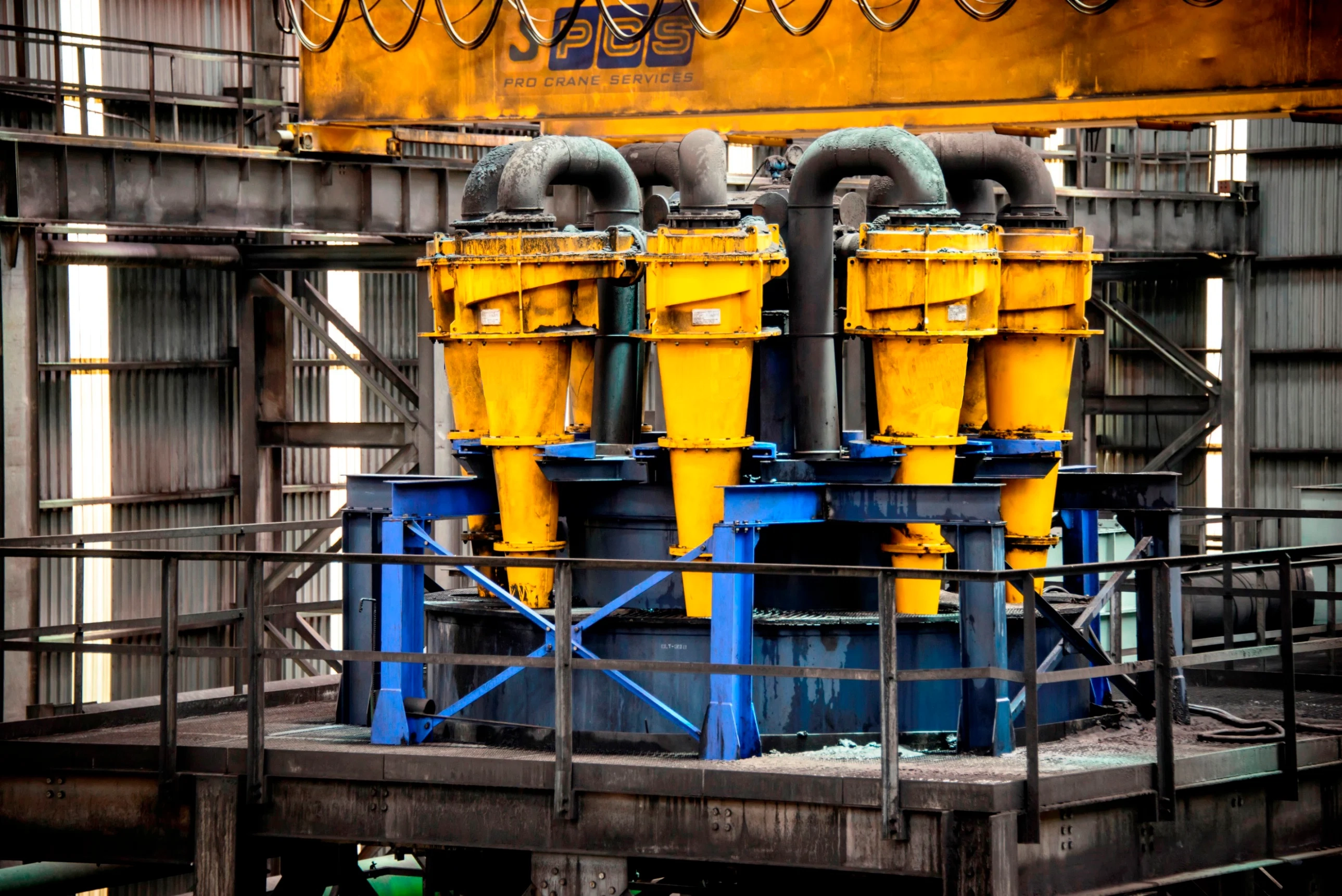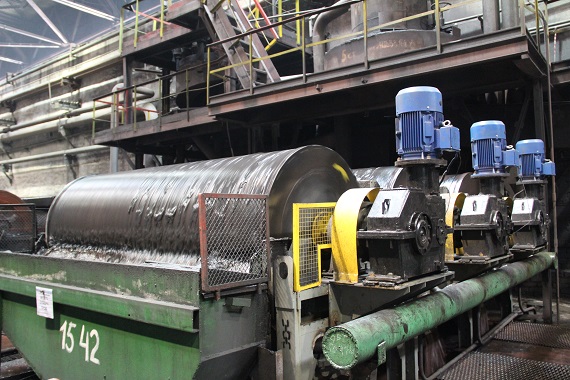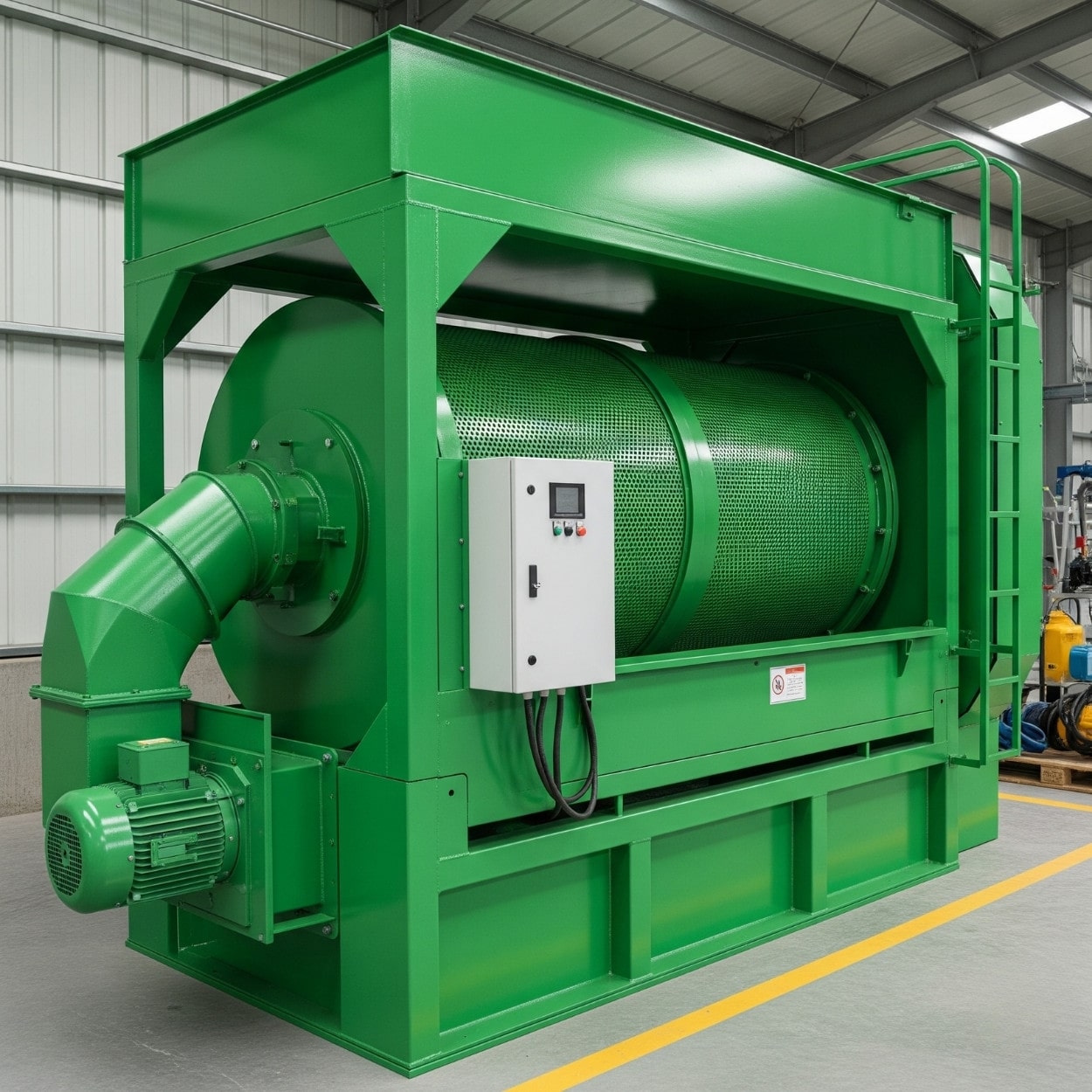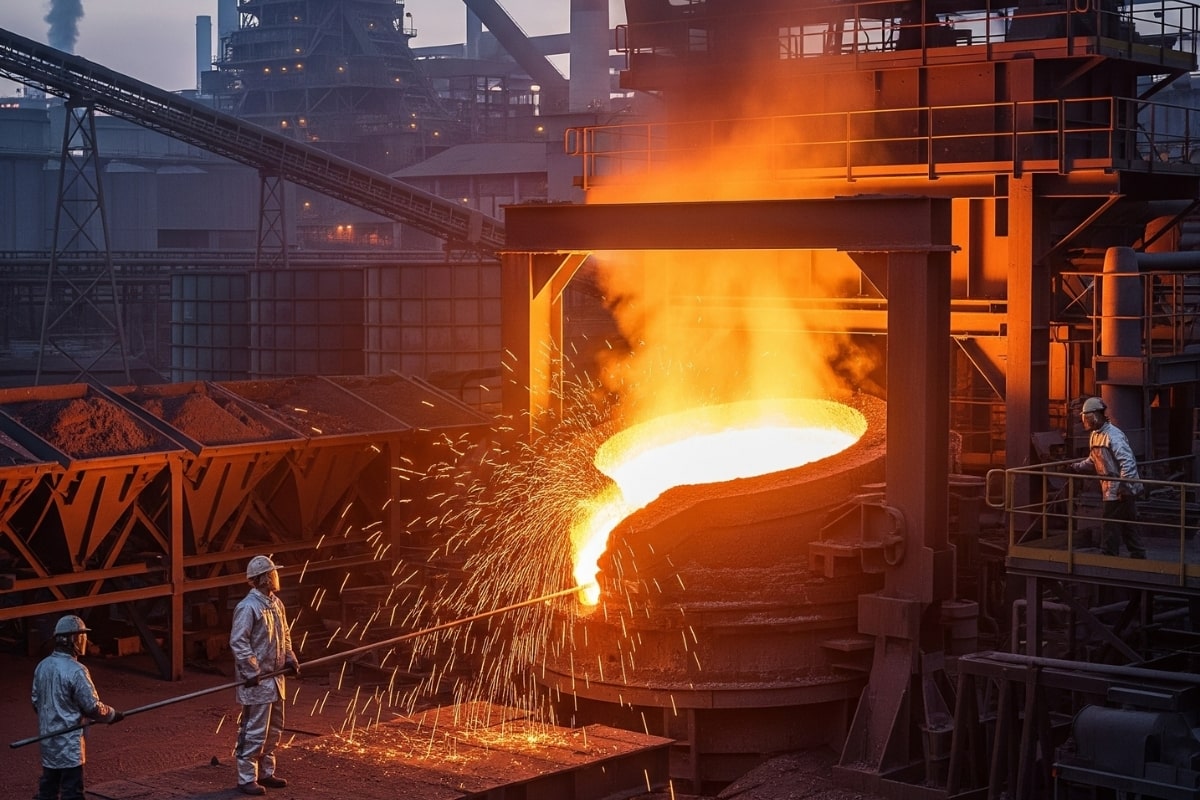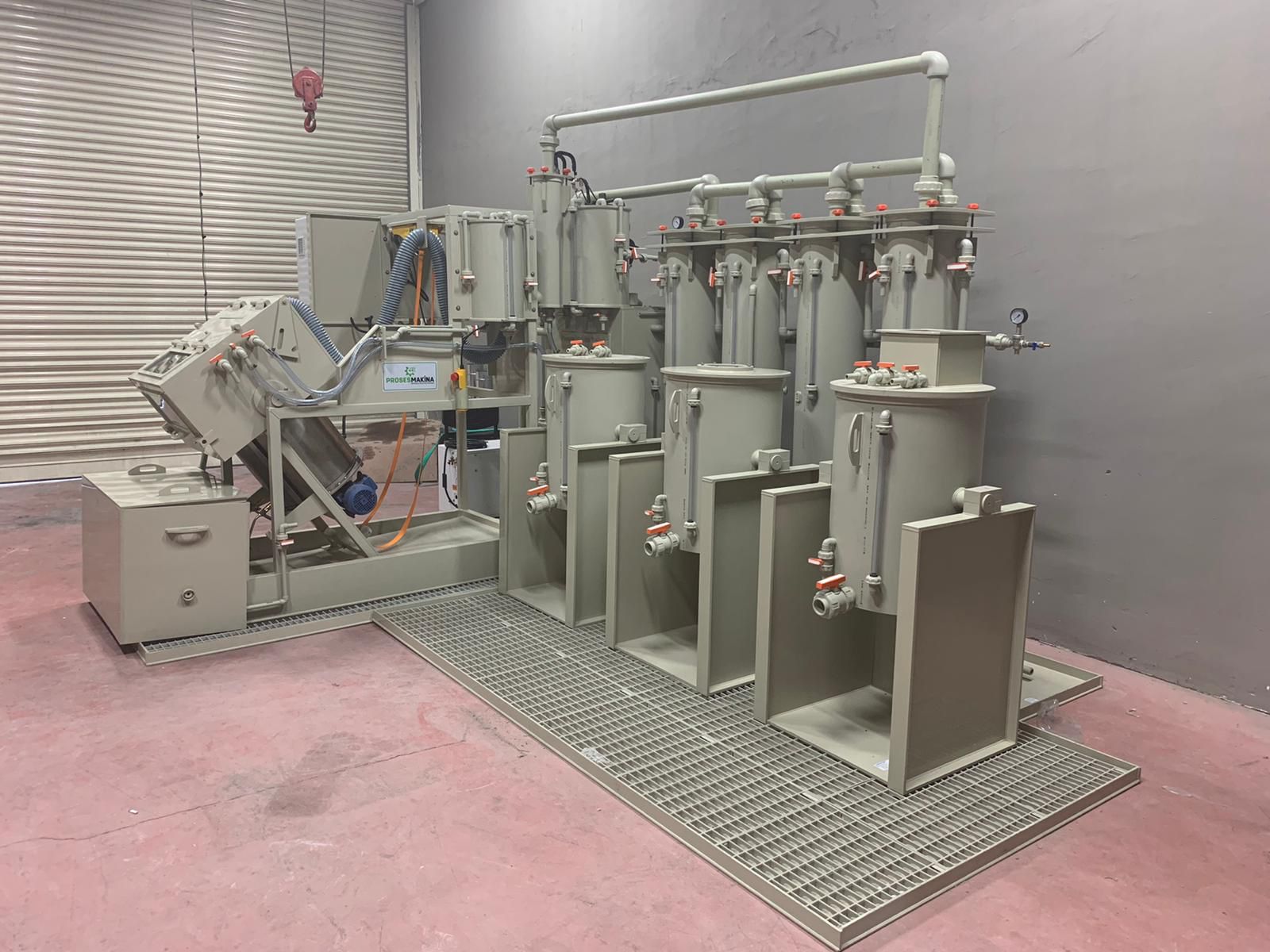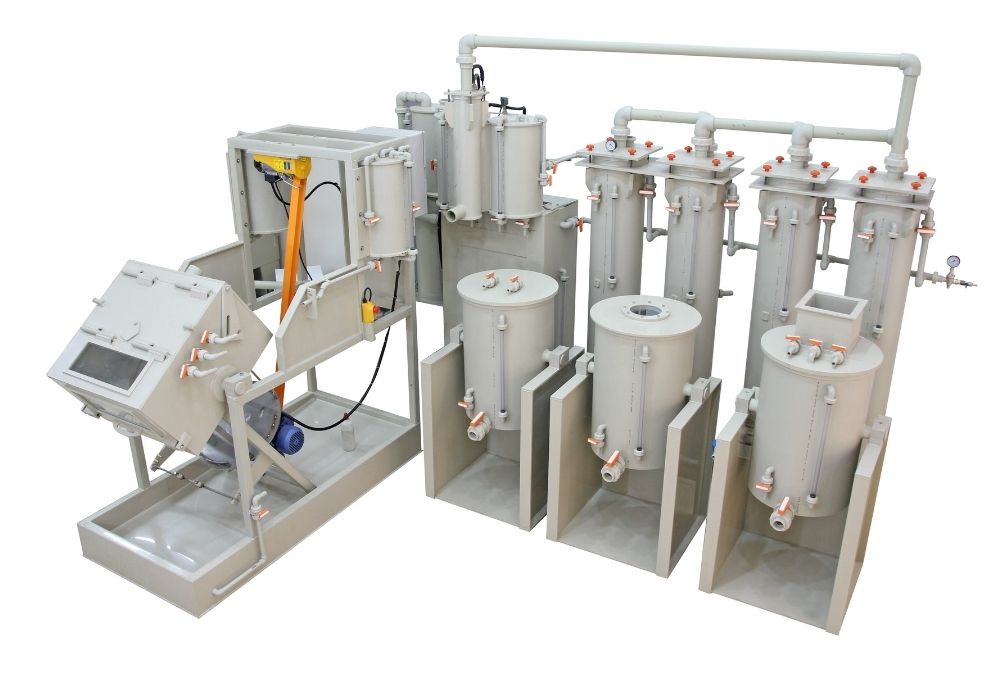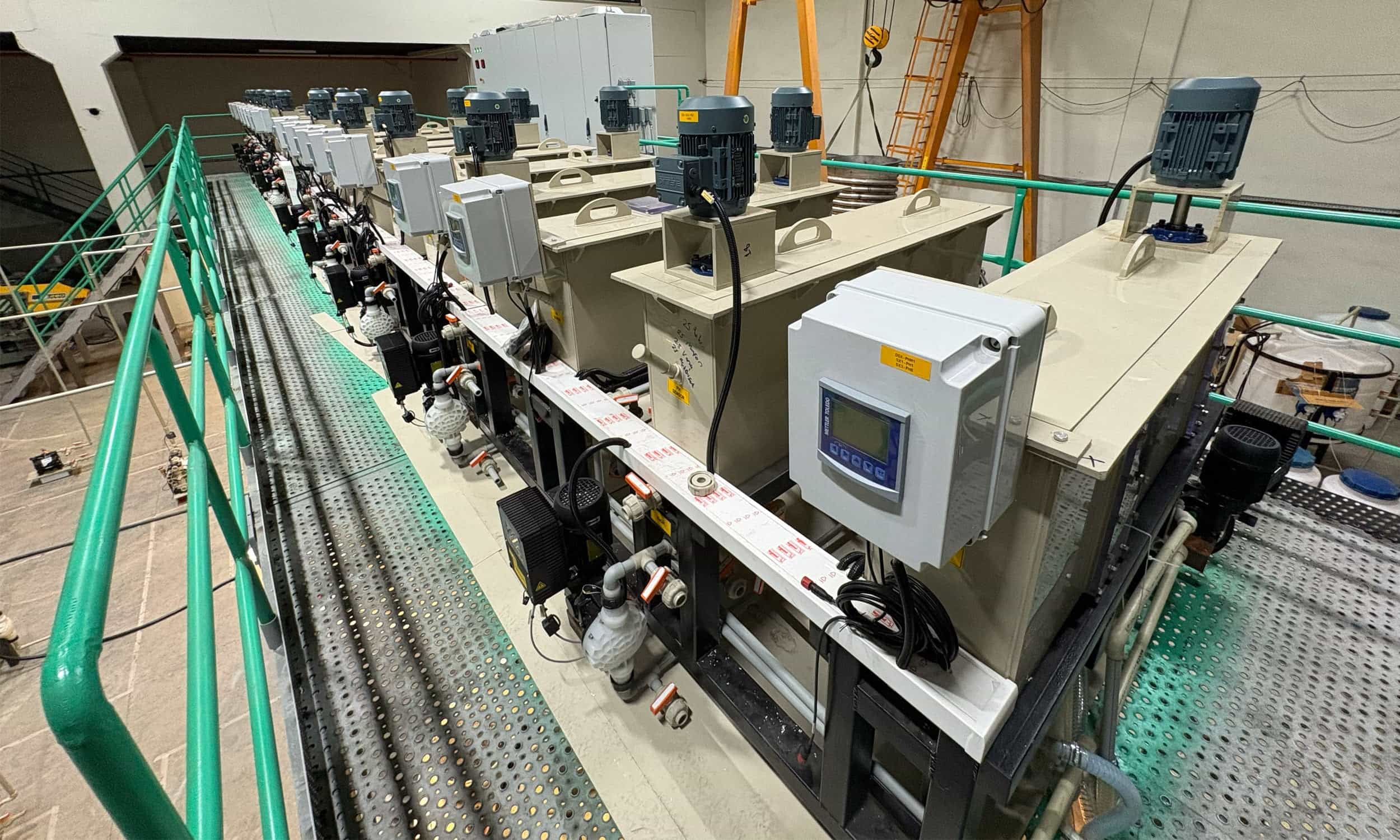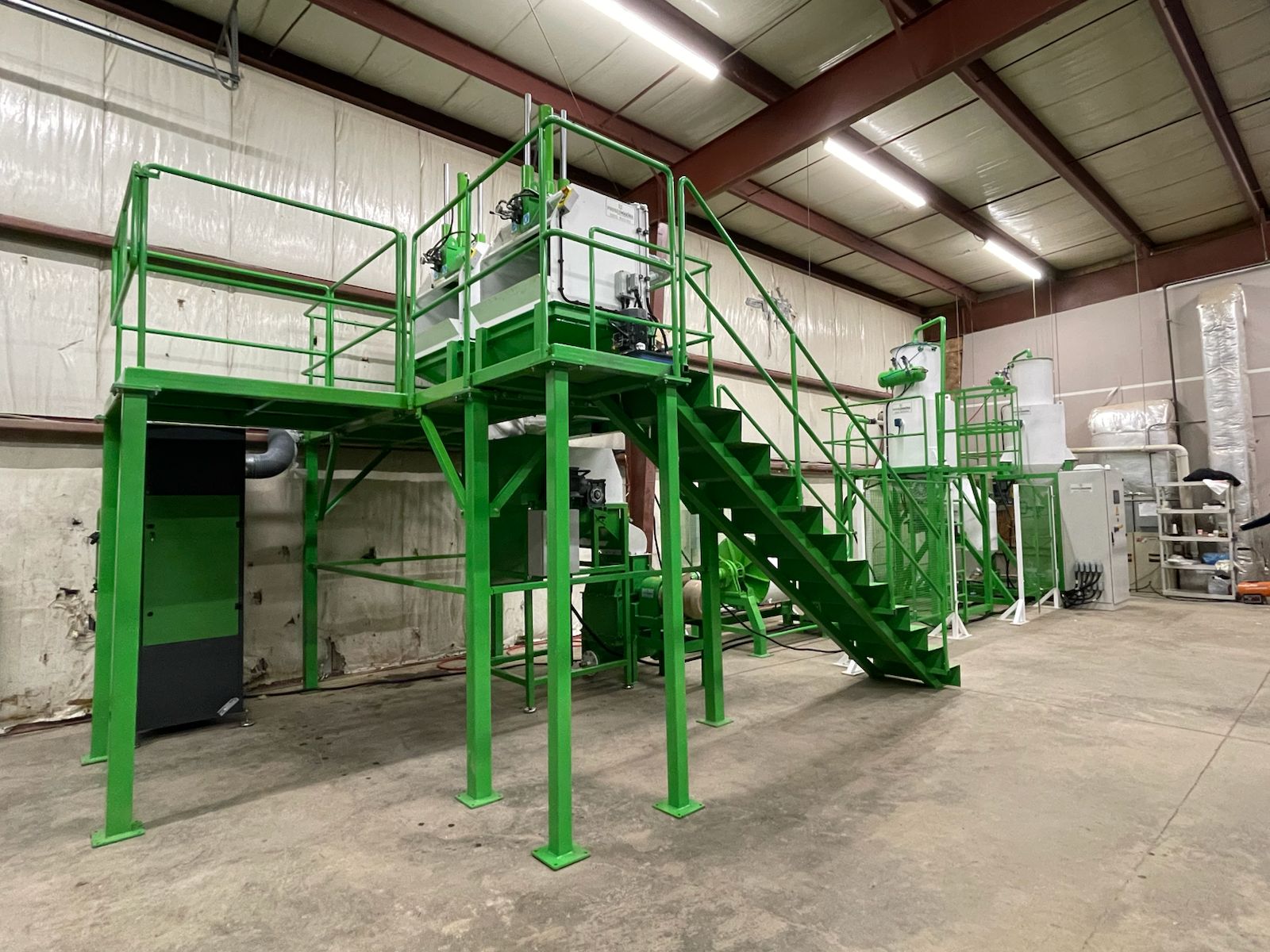In today s competitive industrial landscape, optimizing plant efficiency is paramount for sustainability and profitability. One of the most effective ways to achieve this is through Waste Stream Analysis a systematic approach to evaluating waste produced during manufacturing processes. This comprehensive assessment identifies inefficiencies, reduces costs, and enhances overall performance. By delving into the essential components of waste stream analysis, companies can uncover actionable insights that drive operational improvements. In this article, we'll explore how effective strategies can not only minimize waste but also significantly boost efficiency, contrasting traditional methods with innovative waste stream analysis techniques. Real-world success stories will illustrate the transformative impact of these strategies, providing the blueprint for businesses ready to embark on the path to optimization. Finally, we’ll outline the initial steps you can take to enhance your waste management approach and elevate your plant’s efficiency to new heights.Explore waste stream analysis for plant efficiency, key components, effective strategies, and real-world success stories that optimize operations and reduce costs.
Waste Stream Analysis and Strategies to Maximize Plant Efficiency
Waste Stream Analysis is a critical process that enables organizations to evaluate and understand how materials move through their operations. By conducting a thorough assessment of waste streams, businesses can identify inefficiencies and uncover opportunities for improvement. This strategic approach is fundamental for plants seeking to enhance their operational efficiency while minimizing waste and costs.
At its core, Waste Stream Analysis and Strategies to Maximize Plant Efficiency involves the systematic examination of all waste materials generated during production. The objective is not merely to reduce waste but also to optimize resource use and increase overall productivity. The insights gained from this analysis can lead to better decision-making regarding waste management, recycling initiatives, and resource allocation.
Through a detailed analysis, companies can categorize waste streams—be it solid, liquid, or gaseous—and assess their composition. This information is invaluable when it comes to identifying the most effective methods for reduction, reuse, or recycling. Furthermore, the results of a comprehensive waste stream analysis empower organizations to develop tailored strategies that align with their specific operational needs and sustainability goals.
Understanding the principles of Waste Stream Analysis and Strategies to Maximize Plant Efficiency not only drives the identification of costs associated with waste generation but also fosters a proactive culture focused on continuous improvement. This approach ultimately contributes to the sustainability of the plant by reducing its environmental impact, thus benefiting both the organization and the community it operates in.
Key Components of Waste Stream Analysis That Drive Performance
The success of Waste Stream Analysis and Strategies to Maximize Plant Efficiency hinges on several critical components that work together to improve overall plant operations. Firstly, data collection forms the bedrock of any effective analysis. This involves surveying and measuring the types and quantities of waste produced in your facility, which allows for a detailed understanding of current waste streams.
Secondly, waste characterization is essential, as it breaks down the waste into different categories such as hazardous, recyclable, or compostable materials. By categorizing waste, facilities can identify opportunities for reduction or alternative disposal methods that are not only environmentally friendly but also cost-effective.
Another key component is the implementation of best practices for waste management, which may involve revising operational processes and training staff on new protocols. Through these best practices, plants can ensure compliance with environmental regulations while pushing towards minimization of waste outputs.
Monitoring and continuous improvement are critical to the success of Waste Stream Analysis and Strategies to Maximize Plant Efficiency. Establishing key performance indicators (KPIs) allows for tracking progress over time, enabling facilities to adapt and refine their strategies to achieve optimal performance.
How Effective Strategies Maximize Plant Efficiency and Reduce Costs
Implementing Waste Stream Analysis and Strategies to Maximize Plant Efficiency can bring about transformative changes in a manufacturing environment. By understanding the intricacies of waste streams, plants can identify inefficiencies that lead to unnecessary costs.
One of the primary ways effective strategies maximize plant efficiency is through targeted resource management. By analyzing waste streams, organizations can pinpoint which materials are commonly wasted and track their origins. This detailed insight allows for process adjustments that minimize waste production. For example, if a significant amount of raw materials goes unused during production, revising operational workflows can drastically reduce material waste, thereby lowering overhead costs.
Moreover, efficient waste management strategies can lead to improved compliance with regulatory requirements. By minimizing waste and managing it efficiently, companies can reduce the chances of incurring fines and penalties, which further impacts cost savings. Creating a culture of sustainability not only enhances brand image but also attracts eco-conscious consumers who are increasingly opting for responsible businesses.
The application of advanced technologies, such as data analytics and IoT (Internet of Things), can significantly assist in real-time monitoring of waste production. This leads to quicker adjustments, allowing for continuous improvements. By investing in effective strategies, companies are not merely reacting to inefficiencies; they are proactively enhancing their processes which leads to substantial long-term cost savings.
Furthermore, effective collaboration across departments—R&D, production, and marketing—ensures that every aspect of the operation aligns toward efficiency goals. When every team understands the significance of waste stream analysis, improvements can be made consistently across the board, resulting in a more synergized effort toward maximizing plant efficiency.
Embracing waste stream analysis and strategies to maximize plant efficiency not only streamlines operations but transforms a plant into a model of profitability and resilience. The integration of these strategies fosters an environment where waste is minimized, costs are lowered, and overall productivity is increased.
Comparative Analysis: Traditional Methods vs. Waste Stream Analysis Strategies
When evaluating the effectiveness of waste management practices, it's essential to conduct a waste stream analysis and strategies to maximize plant efficiency. Traditional methods typically focus on post-manufacturing waste disposal, often neglecting the potential for optimizing resources throughout the production process. In contrast, waste stream analysis emphasizes the identification and quantification of waste at each stage of production, enabling organizations to implement targeted strategies that not only reduce waste but also increase operational efficiency.
Traditional methods often rely on assumptions and generic benchmarks that may not reflect the unique challenges of a specific plant. This one-size-fits-all approach frequently leads to missed opportunities for customization and improvement. On the other hand, effective strategies derived from comprehensive waste stream analysis create tailored solutions designed to meet the unique operational dynamics of each facility. By adopting these insights, plants can identify the most significant sources of waste and address them accordingly.
Further, traditional waste reduction approaches may emphasize limited recycling efforts and compliance with regulations, which can often overlook the importance of continuous improvement. Waste stream analysis encourages a proactive mindset, where plants are not merely meeting standards but striving for excellence by thoroughly understanding their waste profiles. This results in enhanced operational classification, leading to significant reductions in costs and energy consumption.
The shift from traditional waste management methods to waste stream analysis represents a fundamental change in perspective. By leveraging data-driven insights, plants are equipped to implement focused strategies that not only optimize resource use but also support sustainable practices. The advantages of adopting a waste stream analysis approach are clear - they enhance plant efficiency and promote a culture of improvement while safeguarding the environment.
Real-World Success Stories: Impact of Waste Stream Analysis Implementation
Waste stream analysis is increasingly recognized as a transformative approach in various industrial sectors. Companies across the globe are witnessing remarkable benefits by implementing waste stream analysis and strategies to maximize plant efficiency. Below are several compelling success stories that showcase the tangible impacts this analysis can have on improving operational efficiency, reducing costs, and enhancing environmental sustainability.
Case Study 1: Manufacturing Plant in the Automotive Sector
One major automotive manufacturer implemented a comprehensive waste stream analysis that focused on their paint shop operations. By analyzing waste generation patterns, the company identified overproduction and inefficient spray applications as significant issues. Their takeaways led to the adoption of new spraying technologies and reformulated paints that reduced waste by 30%. The refined processes not only improved operational efficiency but also lowered disposal costs, contributing to a significant annual savings.
Case Study 2: Food Processing Facility
A leading food processing facility utilized waste stream analysis to tackle excessive organic waste in their production line. Through careful monitoring and analysis, they determined that they were discarding a substantial amount of usable byproducts. By re-evaluating their waste streams, the company managed to repurpose 40% of the waste into compost and animal feed. This initiative not only minimized landfill contributions but also generated an additional revenue stream, thus driving both profit and environmental stewardship.
Case Study 3: Chemical Manufacturing Enterprise
A chemical manufacturing firm adopted waste stream analysis to enhance its compliance with stringent regulations. During the analysis, they identified excess volatile organic compounds (VOCs) released during production. The implementation of advanced recycling processes enabled them to cut down VOC emissions by over 50%, drastically reducing regulatory fines and enhancing overall plant safety. Moreover, the company benefited from a more favorable public reputation, attracting new clients who prioritize sustainability.
These success stories illustrate the remarkable capabilities of waste stream analysis and strategies to maximize plant efficiency. By employing a strategic focus on waste management, various industries have not only improved their efficiency but also positively impacted their bottom lines and environmental footprints. Companies looking to adopt similar strategies can leverage these insights as a powerful incentive to invest in waste stream analysis as a catalyst for change.
Getting Started: Steps to Optimize Your Waste Stream and Enhance Efficiency
Embarking on the journey of Waste Stream Analysis and Strategies to Maximize Plant Efficiency entails a systematic approach that minimizes waste while enhancing productivity. Here are some actionable steps to set your optimization efforts in motion:
- Conduct a Thorough Waste Stream Audit: Begin by analyzing the current waste generated in your facility. This includes categorizing waste types, quantities, and sources. Understanding your waste profile is crucial to identify key areas for improvement.
- Identify Key Performance Indicators (KPIs): Establish measurable KPIs that align with your plant’s efficiency goals. Common KPIs include waste diversion rates, cost savings from reduced waste disposal, and material recovery rates.
- Engage Stakeholders: Involve employees, management, and even suppliers in the analysis process. Their insights can provide valuable perspectives on waste generation and potential strategies for reduction.
- Evaluate Waste Reduction Opportunities: Review various approaches to reducing waste, such as recycling programs, process modifications, or equipment upgrades. Explore innovative technologies that facilitate smarter waste management.
- Implement Tracking Systems: Utilize software tools and technologies that monitor waste generation in real-time. These tools help track progress towards your KPIs and reveal patterns that may suggest further optimization opportunities.
- Train and Educate Staff: Provide training sessions for your team on best practices in waste management and the importance of maintaining an efficient waste stream. An informed workforce is essential to successfully implement waste reduction strategies.
- Establish Continuous Improvement Processes: Make waste stream analysis and optimization a continuous effort by regularly reviewing processes, setting new goals, and implementing feedback loops. This ensures you adapt to challenges and maintain efficiency over time.
- Monitor and Report Outcomes: Regularly measure the outcomes of your waste management strategies and report findings to stakeholders. Transparency in results fosters a culture of accountability and provides a platform for further enhancements.
By following these steps, your organization will be better prepared to implement effective Waste Stream Analysis and Strategies to Maximize Plant Efficiency. This not only leads to significant cost savings but also propels your commitment to sustainability and operational excellence.

